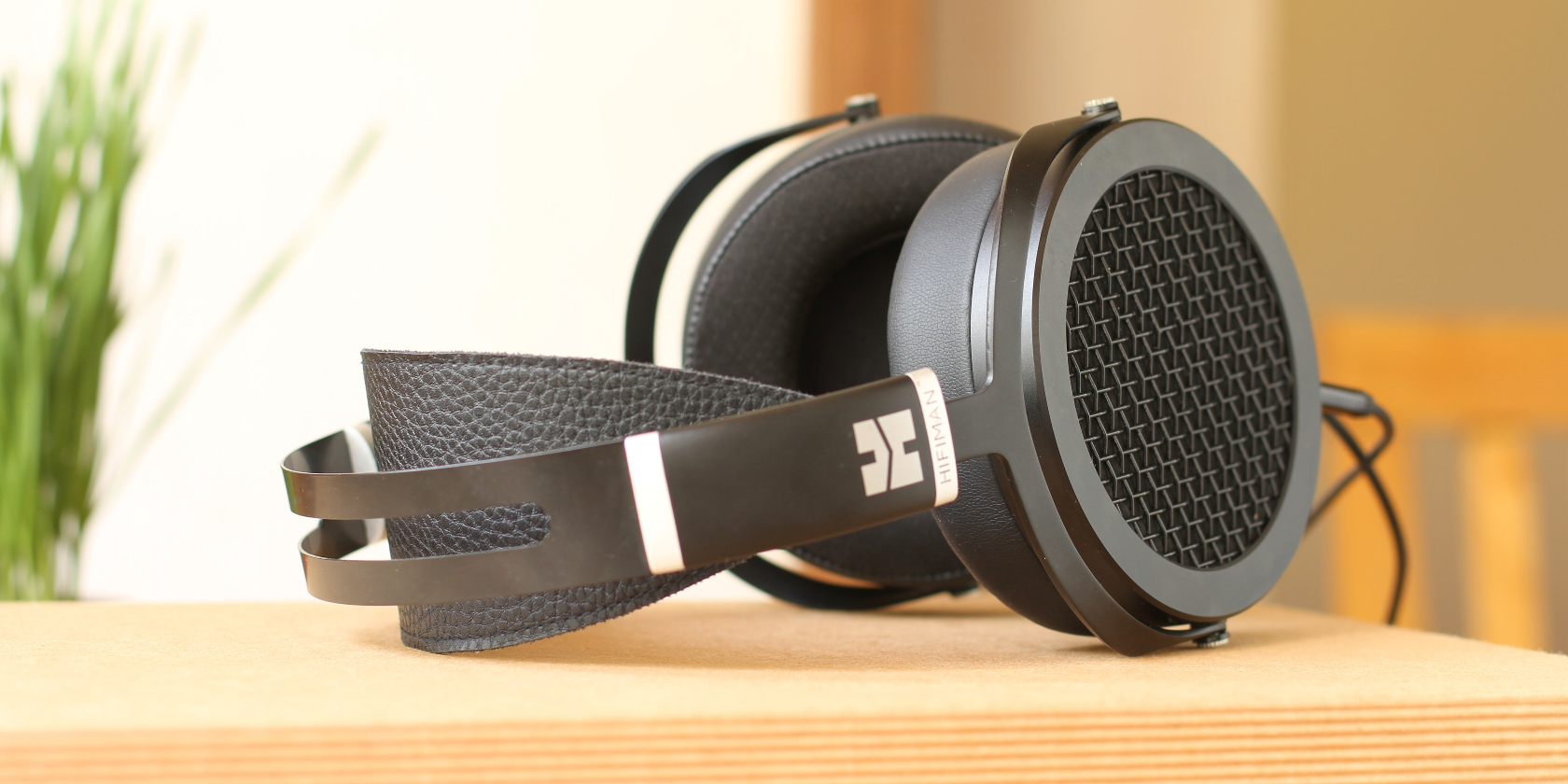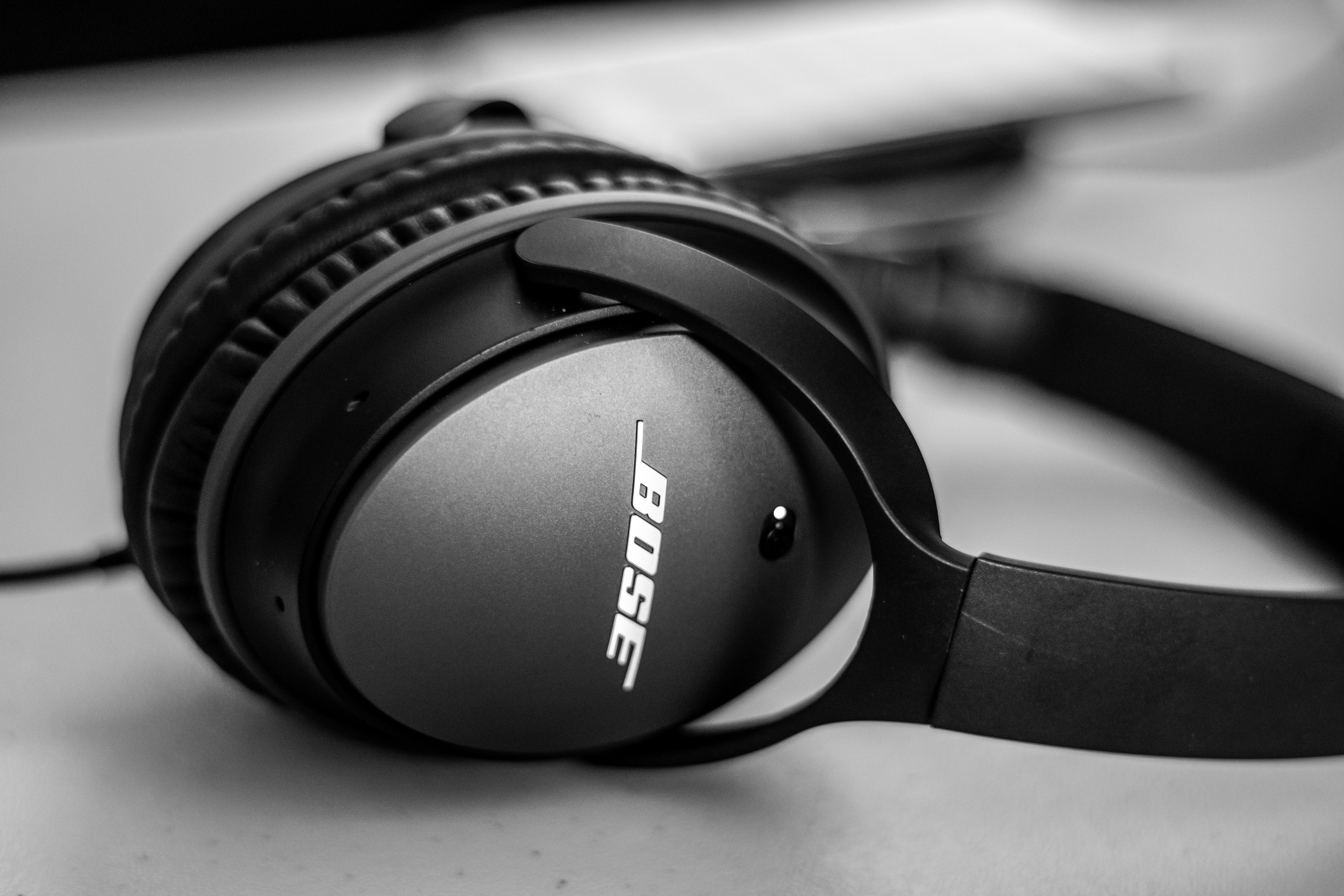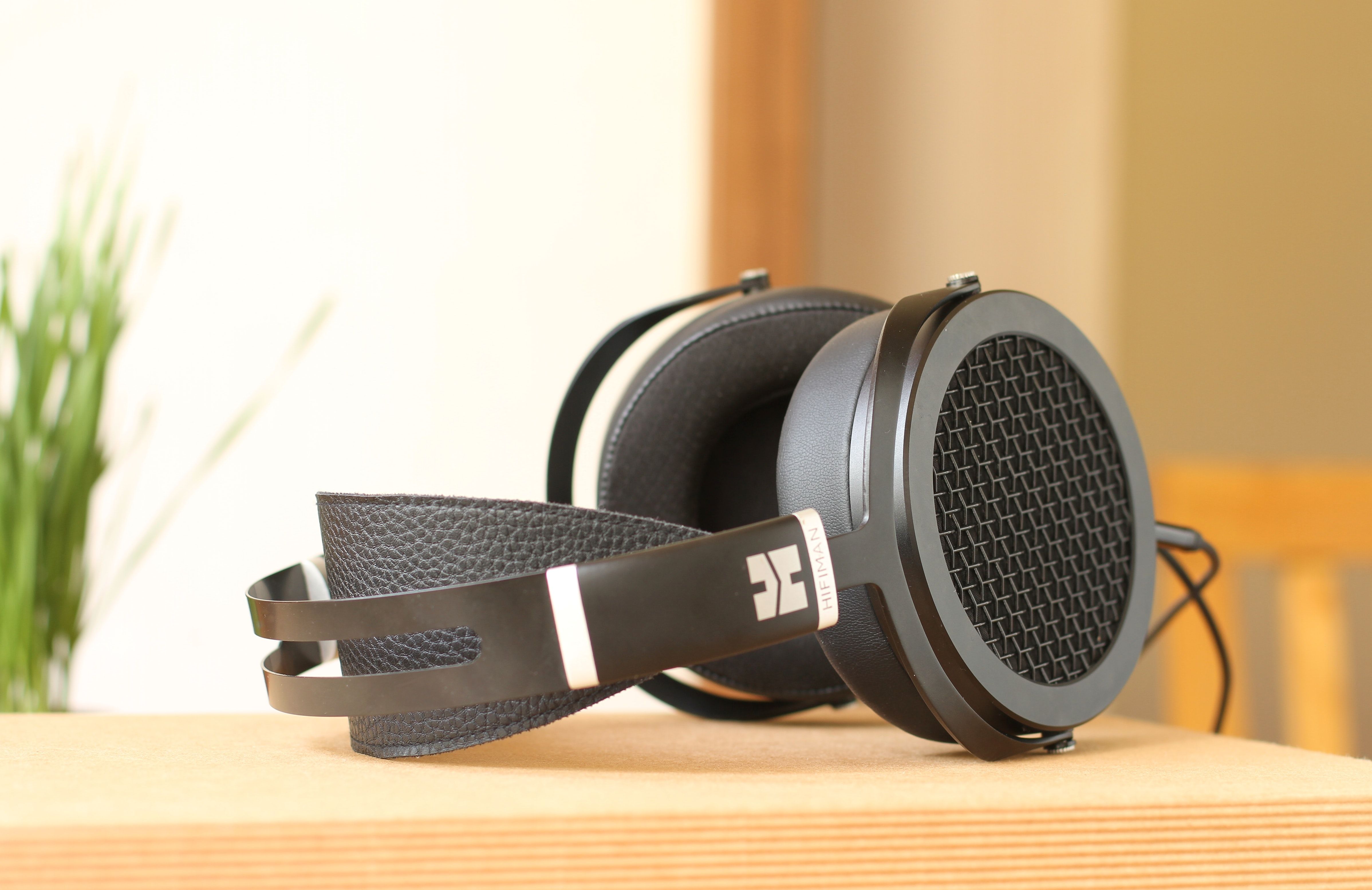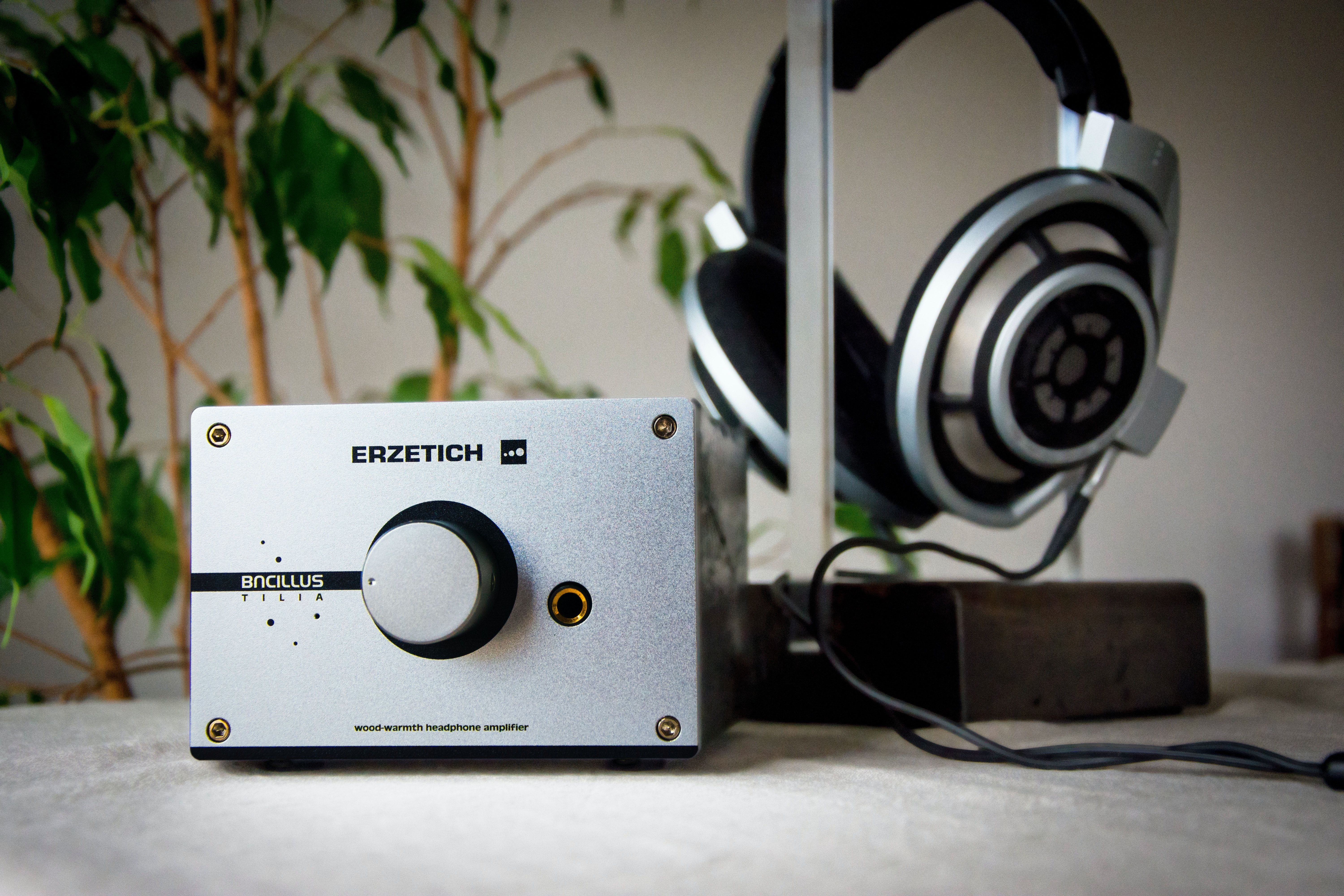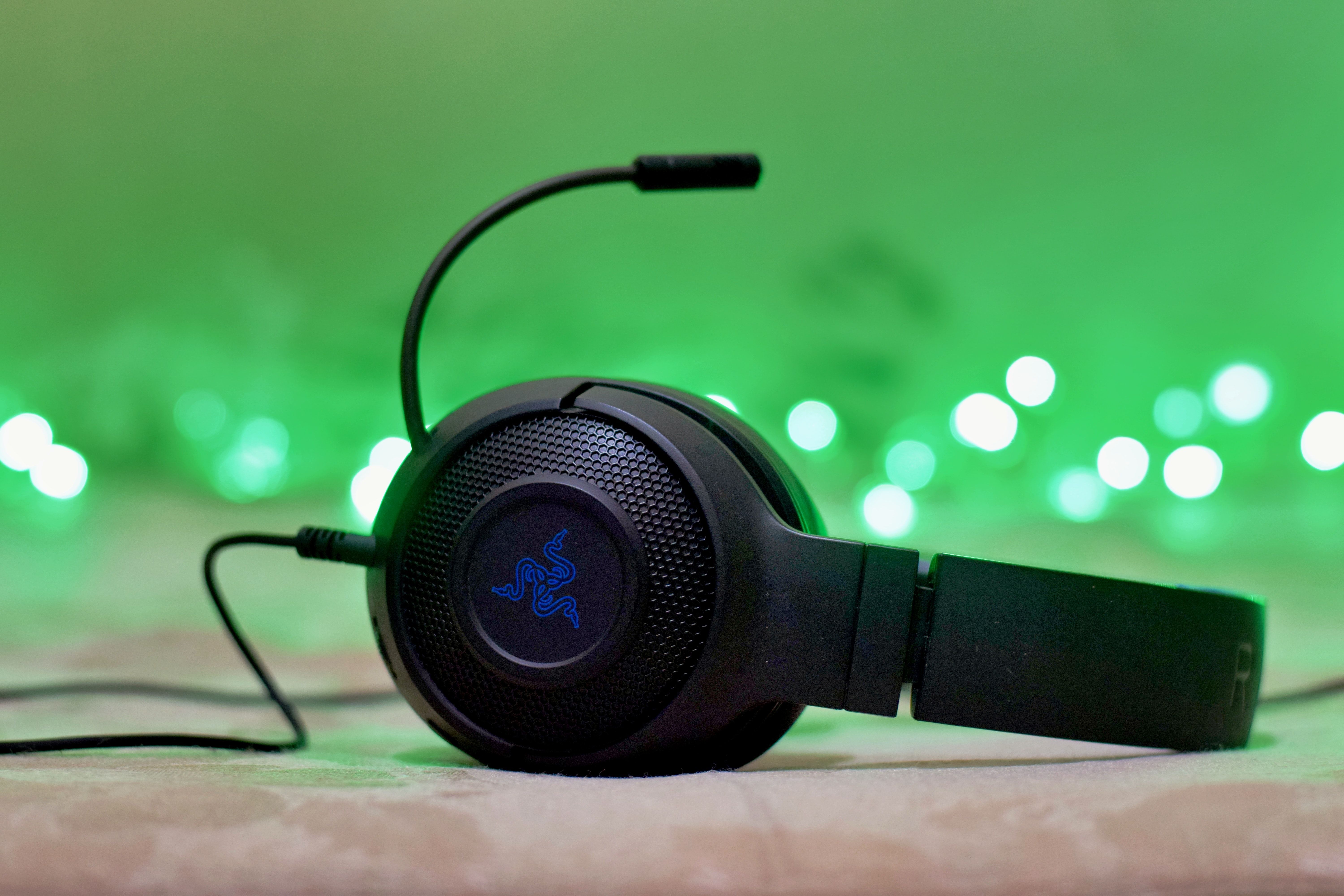Headphones are amazing pieces of technology.
They're built for everyday people who listen to music in bed or on their commutes and professionals who need clean sounding audio to edit music and videos. There are various types of headphones for this very reason. Whether you're working out or mixing audio for hours on end, there's a pair of headphones for you.
Within these headphones are drivers that vary drastically in size and are made differently based on who the headphones are for. These drivers, of course, affect the sound that is chiming into your ears.
What Is a Headphone Driver?
A headphone driver is essentially a small speaker that converts electrical signals into sounds that we can hear. These drivers can vary greatly in size depending on the type of headphones and what they're used for.
For example, earbuds have very small drivers that can be as little as 8mm, with the larger drivers being around 15mm in diameter. Over-ear headphones range a bit more drastically in size, from 20mm up to 70mm.
Headphone drivers are made up of three components: the magnet, voice coils, and the diaphragm.
- The magnet creates a magnetic field and is usually made from cobalt or ferrite.
- Voice coils allow electric currents to pass through them, moving the diaphragm to then generate sounds that we can hear. These coils, usually made up of various types of copper, help convert the electrical signals into sound.
- The diaphragm vibrates, producing sound waves from the electric currents passing through the voice coils.
Types of Headphone Drivers
Not all drivers work precisely the same, with some producing better audio than others depending on the materials used and the engineering process and technique.
Dynamic Drivers
The most common type of headphone driver is the dynamic driver. These drivers work just as explained above. When the diaphragm vibrates, it displaces the air around it, creating the sound you're listening to. The more air displacement, the higher the volume produced. This air displacement also helps create a realistic bass response.
Dynamic drivers are great at producing low frequencies, which at louder volumes, can result in harmonic distortion that doesn't sound very good to our ears. These drivers aren't all bad, though, as they are cheap to produce, resulting in less expensive headphones for the consumer, as well as being easier to power. Not all dynamic drivers are created equally, as their sound quality can differ depending on their housings and materials used.
Balanced Armature Drivers
Balanced armature drivers are small and are found mainly in earbuds. These drivers consist of an arm inside the coils with two magnets on either side. This allows the arm to pivot towards either magnet, becoming balanced, and moving the diaphragm to produce sound. Due to the way the driver works, it does not displace air like the dynamic driver, resulting in a lack of bass.
Balanced armature drivers also lack additional air vents helping with better sound isolation. Like with every driver, sound quality can vary based on how the earbuds are designed inside and out. Some manufacturers may even add a dynamic driver to create a more rich sound with better bass response.
Planar Magnetic Drivers
Planar magnetic drivers are typically found in open-back headphones and usually come in at a higher price than dynamic drivers. Instead of using voice coils, planar magnetic drivers attempt to evenly vibrate the diaphragm from the magnets on either side to produce sound. Since these drivers either use larger or multiple magnets to evenly vibrate the diaphragm, these headphones tend to be a little bit heavier.
Open-back headphones also have more sound leakage than a normal pair of closed-back headphones that use dynamic drivers, since the drivers are completely open with nothing covering them. This makes them not the best choice for listening to music in public; however, they are fantastic for at-home use for this very reason.
More sound leakage happens due to more air displacement, giving you a fuller sound with excellent bass response, making them perfect for at-home use.
Electrostatic Drivers
Electrostatic drivers are more uncommon due to their high price and niche uses and are found mainly in open-back headphones.
These drivers use static electricity to help produce sound. The diaphragm is pulled back and forth between two oppositely charged conductive plates, allowing for a continuous change in electric signals, producing a sound that is free of distortion. Similar to planar magnetic drivers, this design also allows for more air displacement, leaving the listener with better sounding bass.
Due to the way electrostatic drivers work, they require high voltage signals, requiring you to use them with an amplifier. These signals are unattainable in most consumer-grade headphone jacks, as well as even some professional amplifiers. To use headphones with electrostatic drivers, you will need an electrostatic amplifier, which is very expensive.
Although electrostatic drivers provide you with an excellent sound stage with little distortion, you are better off going with another pair of open-back headphones that use planar magnetic drivers. These will give you a similar listening experience to electrostatic drivers but will cost less and are easier to work with.
Which Headphone Driver Should You Get?
Headphones are built for lots of different kinds of people. If you are a musician who only uses headphones at home when mixing audio, maybe you should go with a pair of open-back headphones with a planar magnetic driver.
If you're a runner, getting a pair of large open-back headphones may not be the best choice for you. That's where earbuds with small but great sounding balanced armature drivers will come in handy. There's a pair of brilliantly sounding headphones out there built just for you. Now it's time to find them.

